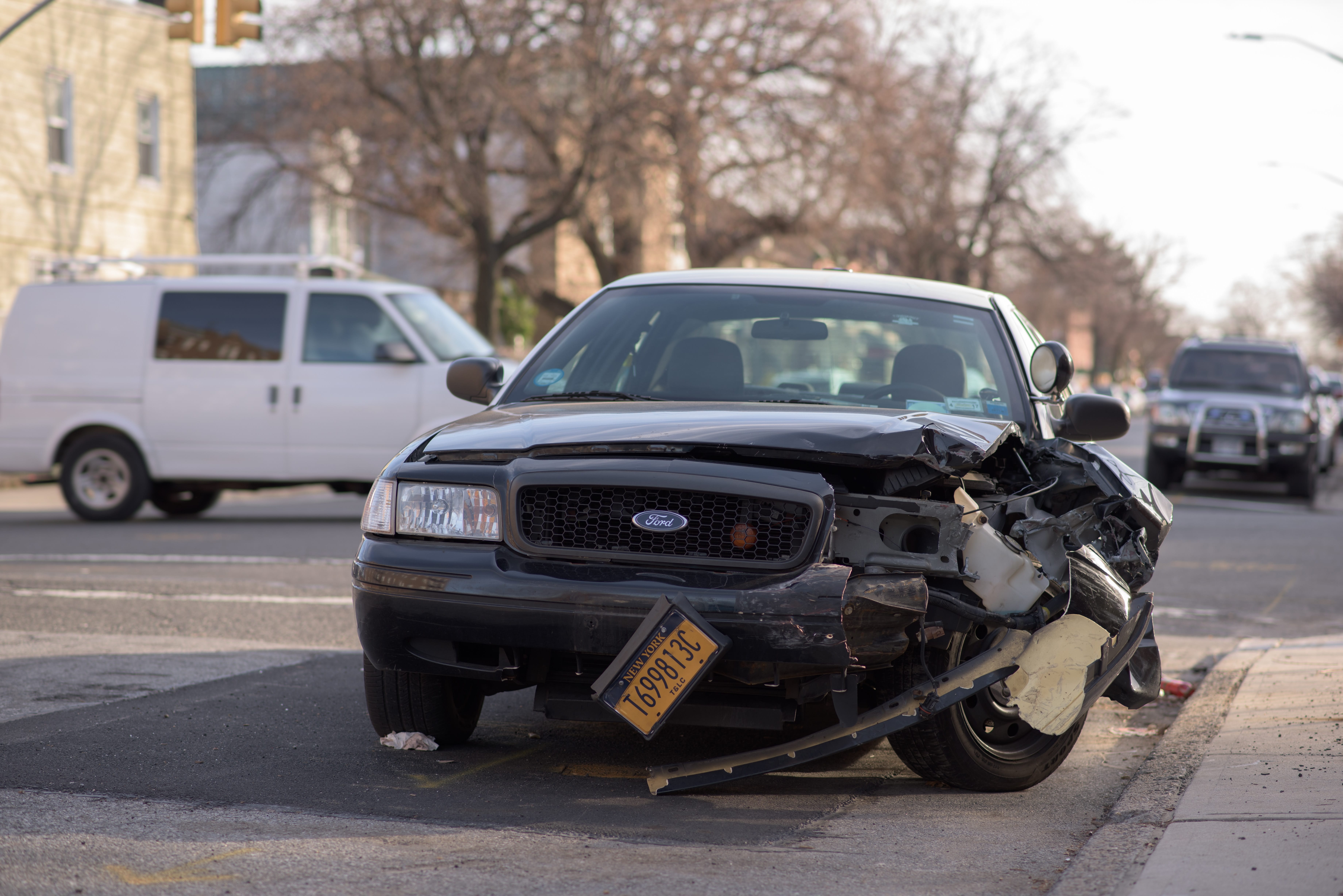Florida’s negligence laws also allow a plaintiff to collect damages even when the defendant was not entirely at fault.
Jacksonville, FL – Negligence is an important legal concept in civil lawsuits. The doctrine of negligence is used to show that a person responsible for losses breached their duty of care, and they must pay for any losses related to these mistakes. However, if the victim wants to prevail, they need to use the evidence available to prove all of the elements of the cause of action. Accident lawyers in Florida who focus on negligence cases can provide more specific information about these kinds of lawsuits.
The elements of negligence
All elements of negligence must be present if the victim wants to collect damages. This includes the relevant duty of care that applies to the situation, a breach of the duty of care, actual and proximate causation, and some kind of damages or losses sustained by the plaintiff. The duty of care is based on what a reasonable person would do in the same situation. This means that in car accident cases, for example, a driver is expected to follow all of the relevant rules of the road and not engage in reckless or dangerous behaviors. Damages are also important because this is the victim’s chance to summarize all of their losses and costs caused by the defendant. This can include things like medical treatment, property repairs, and lost income that resulted from the accident.
Evidence used to prove negligence

In any negligence lawsuit, the victim will need to use various pieces of information and evidence to prove their case. This normally means that things like pictures of the scene, videos, testimony from witnesses, medical records, and accident reports can assist the plaintiff with showing both fault and damages. If there was a traffic incident, it can be crucial to show that the defendant breached their duty of care by violating any relevant traffic laws or regulations.
Comparative negligence
Florida’s negligence laws also allow a plaintiff to collect damages even when the defendant was not entirely at fault. This is done through the system of comparative negligence, where fault for an accident can be divided between all parties involved to equal one hundred percent. In a negligence lawsuit in the state, any plaintiff who is partially at fault will only have their damages reduced relative to their level of fault rather than being prevented from filing a lawsuit entirely. This is true even in cases where the plaintiff is found to be mostly at fault.
Additional information about accidents in Florida
USAttorneys.com has a list of lawyers in Jacksonville and other cities who can help with the process to bring a civil accident case. The directory has listings of legal professionals organized by state and practice area.


Join the conversation!